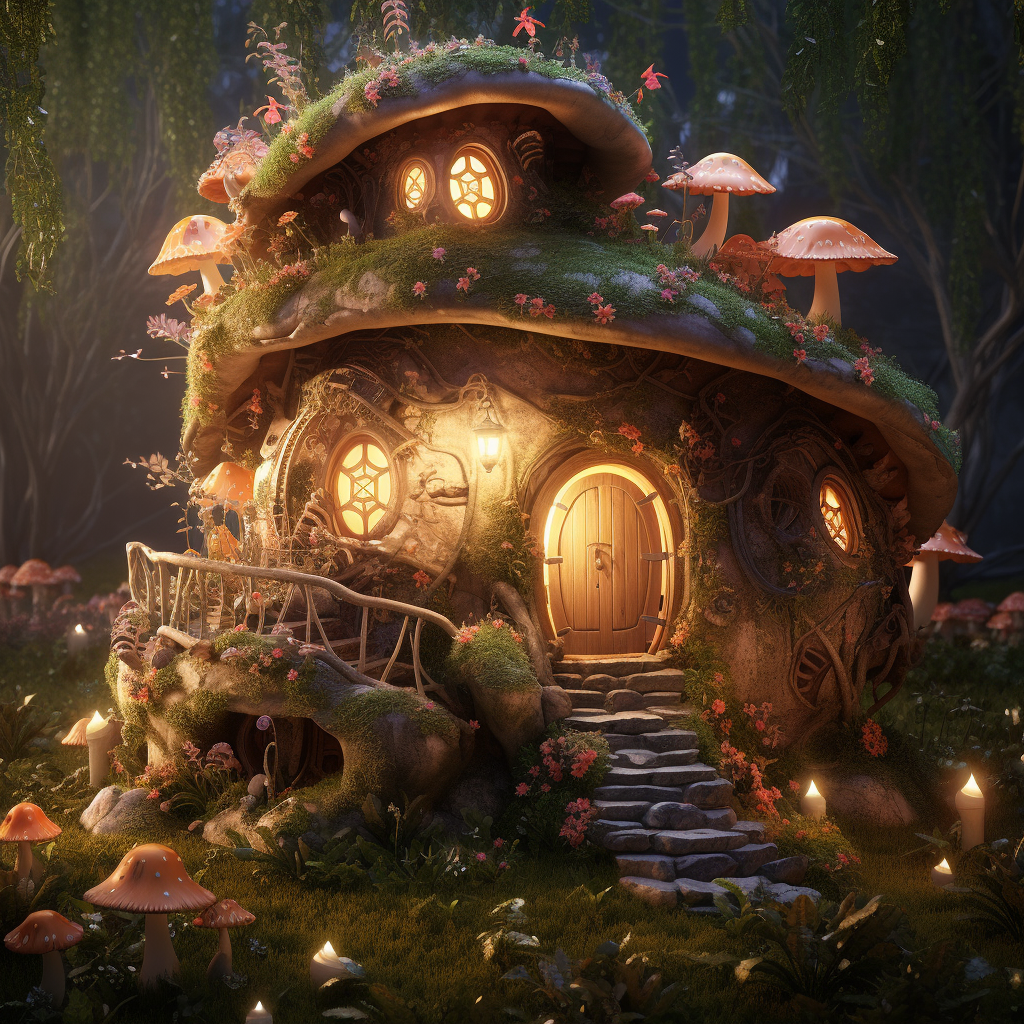The Origin of Fairies
Historical Background
Fairies have captivated human imagination for centuries, with their ethereal beauty and elusive presence. The history of fairies can be traced back to ancient civilizations, where they were depicted as supernatural beings with an enchanting allure. In Celtic folklore, fairies were believed to be the spirits of nature, residing in sacred groves and forests. They were thought to possess magical powers, capable of both granting wishes and casting spells. During the medieval period, fairies were often portrayed as mischievous creatures, playing pranks on unsuspecting humans.
Mythologies and Folklore
Across different cultures and mythologies, fairies have taken on various forms and names. In Greek mythology, they were known as nymphs, while in Scandinavian folklore, the term “elves” was used to describe these magical beings. Moreover, Native American tribes have long held beliefs in nature spirits, referred to as “little people,” who lived in harmony with the natural world. These diverse cultural interpretations highlight the universality of fairy folklore and its enduring fascination.
Cross-cultural Beliefs
Interestingly, the belief in fairies transcends geographical boundaries. Regardless of the cultural context, tales of encounters with fairies have persisted throughout history. From Europe to Asia, and even in remote Pacific islands, people have shared similar accounts of encounters, describing the enchanting presence of these supernatural beings. Although these experiences cannot be scientifically proven, they continue to fuel the wonder and mystery surrounding fairies.
The origin of fairies encompasses a rich tapestry of historical background, mythologies, and cross-cultural beliefs. As we delve deeper into the realm of fairies, we uncover a world brimming with magic and folklore, inspiring our imagination and reminding us that there is still much to discover about these mystical creatures.
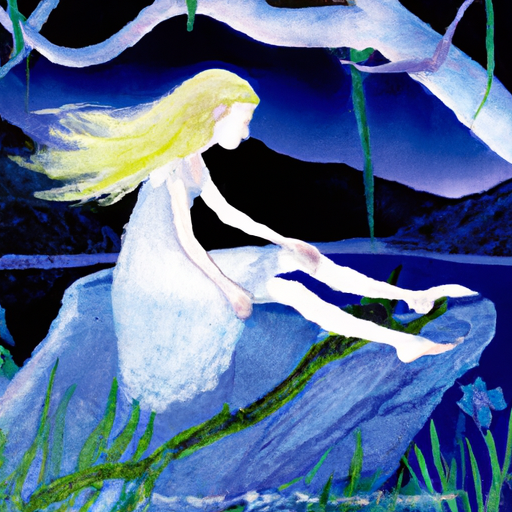
Physical Characteristics of Fairies
Size and Appearance
When it comes to the physical characteristics of fairies, one key thing to note is their size. Fairies are known to be quite small, typically measuring just a few inches tall. Don’t be fooled by their tiny stature though, as they possess an enchanting beauty that is hard to resist. Fairies are often depicted with delicate features, radiant skin, and vibrant, flowing hair that shines like gold. These captivating creatures are said to possess an otherworldly aura, making them truly stand out in any setting.
Wings and Flight Abilities
One of the most recognizable attributes of fairies are their wings. These ethereal beings are believed to have iridescent, translucent wings that are reminiscent of delicate butterfly wings. These wings enable fairies to engage in graceful and mesmerizing flight, effortlessly gliding through the air with unmatched elegance. Their ability to soar through the skies is often associated with their connection to nature and the magical realm they inhabit.
Magical Attributes
Fairies are known for their magical powers, which add to the allure and mystery surrounding them. These enchanting creatures are said to possess a wide range of magical abilities, including the power to manipulate nature, communicate with animals, and even bestow blessings upon those they deem worthy. It is believed that fairies can also cast spells and create potions, using their magical prowess to bring about both good and mischievous deeds. Their magical attributes make fairies a fascinating and captivating subject of wonder and intrigue.
Fairies are believed to be small, beautiful beings with captivating features. They possess delicate, iridescent wings that allow them to gracefully flutter through the air. Additionally, fairies are associated with a wide array of magical abilities, which only enhance their mystical allure. While the existence of fairies may remain a mystery, the fascination and belief in their presence continue to captivate the imaginations of people around the world.
Evidence and Sightings
As I delved deeper into the enchanting world of fairies, I couldn’t help but wonder: are they real? Throughout history, there have been countless eyewitness accounts of individuals who claim to have had encounters with these mystical beings. Some describe seeing ethereal, glowing figures flitting through the forest, while others have reported hearing soft whispers and laughter carried on the wind. These firsthand testimonies provide compelling evidence of the existence of fairies.
Eyewitness Accounts
Many individuals across diverse cultures have shared their experiences with fairies. From England’s Cottingley Fairies, famously captured on camera in 1917, to the Nordic tales of the Huldra, these stories consistently depict encounters with magical creatures that defy our understanding of the natural world. These accounts offer a tantalizing glimpse into a parallel reality, where fairies live and thrive among us.
Photographic Evidence
In addition to eyewitness accounts, there are also photographs that purportedly capture the elusive fairies. These images, although debated by skeptics, reveal mesmerizing creatures with delicate wings and shimmering auras. While some argue these photographs may be doctored or staged, the sheer number of sightings and the consistent descriptions of fairies lend credibility to their existence.
Video Footage
Advancements in technology have allowed us to capture fairies in motion through video recordings. While the quality and authenticity of such footage can often be called into question, there are several videos circulating on the internet that offer glimpses into the hidden world of fairies. These recordings show tiny beings dancing in meadows, lighting up dark forests, and demonstrating extraordinary powers.
The evidence and sightings of fairies, both through eyewitness accounts, photographs, and video footage, provide a compelling case for their existence. While skeptics may dismiss these encounters as mere imagination or trickery, the consistent descriptions and the rich folklore surrounding fairies suggest a deeper truth waiting to be discovered. So, let your curiosity guide you and keep your eyes open for the enchanting signs that fairies might just be real after all.
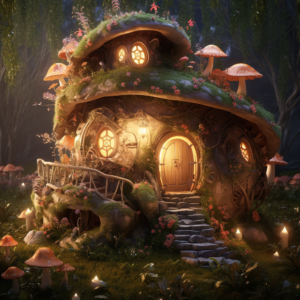
Scientific Explanations
Psychological and Perceptual Explanations
As I delved deeper into the mystery of fairies, I discovered that there are several scientific explanations that attempt to demystify their existence. One such explanation revolves around psychological and perceptual factors that may contribute to the belief in fairies.
Optical Illusions
One hypothesis suggests that optical illusions may be responsible for the perception of fairies. Our minds, in their perpetual quest to make sense of the world, sometimes create patterns or images where none actually exist. This phenomenon, combined with our tendency to see human-like forms in natural objects, could explain why some individuals claim to have seen fairies.
Misinterpretations of Natural Phenomena
Another explanation revolves around misinterpretations of natural phenomena. It is not uncommon for us to attribute supernatural elements to events or objects we cannot comprehend. For instance, the flickering of fireflies in the darkness might appear magical to those unfamiliar with these insects, leading to the assumption that fairies are present.
While these scientific explanations provide plausible reasons for the belief in fairies, they do not definitively confirm or debunk their existence. Whether fairies are real or not, their allure and the magic they represent continue to captivate our imaginations, reminding us that sometimes it’s the mysteries that make life all the more enchanting.
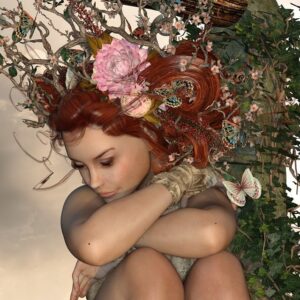
Cultural Beliefs and Fairy Legends
Fairy Tales
Fairy tales have played a significant role in our cultural beliefs about fairies. These enchanting stories, passed down from generation to generation, often depict fairies as tiny, magical beings with wings. From the mischievous and playful Tinker Bell in Peter Pan to the wise and benevolent Fairy Godmother in Cinderella, fairy tales have shaped our perception of fairies as mystical creatures with the power to grant wishes or cast spells. While these tales are works of fiction, they have contributed to the enduring fascination with fairies and their perceived abilities.
Fairies in Literature
Beyond fairy tales, fairies have also captured the imaginations of countless authors throughout history. From the mischievous Puck in Shakespeare’s A Midsummer Night’s Dream to the ethereal Titania and Oberon, fairies have often been portrayed as powerful and otherworldly beings in literature. These depictions have further fueled the belief in fairies, blurring the line between reality and fantasy.
Popular Cultural Depictions
Modern popular culture continues to keep the mystery of fairies alive. From movies like Disney’s Fairy franchises to fantasy novels such as J.R.R. Tolkien’s The Lord of the Rings, fairies are depicted as enchanting creatures with their own unique world and abilities. These portrayals reinforce the belief in fairies and their existence among us.
Fairy tales, literature, and popular culture have all contributed to the enduring fascination and belief in fairies. While the existence of fairies remains a mystery, the power of storytelling and our imagination keeps the legend alive.
Supernatural Abilities and Powers
Everyone has heard of fairies, those tiny, magical creatures that flutter through our fantasies and folktales. But are they real? Are these enchanting beings truly among us? In this section, I will shed light on the supernatural abilities and powers attributed to fairies, offering a glimpse into their secretive realm.
Manipulation of Nature
One of the most fascinating aspects of fairies is their ability to manipulate nature. With a mere wave of their tiny hands, fairies can make flowers bloom, control the weather, and even heal the wounded. It is said that the whisper of a fairy can bring prosperity to crops and ensure bountiful harvests.
Shapeshifting and Glamour
Fairies possess the remarkable power of shapeshifting and glamour, enabling them to assume any form they desire. They often take on the appearance of beautiful humans or animals, seamlessly blending into our world. This ability allows them to go unnoticed by most, for they are masters of disguise and illusion.
Timelessness and Immortality
Perhaps the most intriguing aspect of fairies is their timeless existence. They are said to be immortal beings, living in a realm unaffected by the passage of time. Some legends claim that fairies guard secret entrances to other dimensions, where time stands still and mortals can momentarily glimpse eternity.
Intrigued yet? Join me on this mystical journey as we delve deeper into the world of fairies and unravel the mysteries surrounding their existence.

Fairies in Different Cultures
Throughout history, cultures from around the world have shared stories about enchanting beings known as fairies. These mythical creatures have captivated our imaginations, leading many to wonder if they could actually exist. In this article, I will explore the rich folklore surrounding fairies and shed light on their existence.
Celtic Fairy Folklore
Celtic mythology is abundant with tales of fairies, known as “Sidhe” or “Aos Sí”. According to legend, these fairies resided in mystical underground realms and possessed magical powers. In Celtic folklore, fairies were believed to be guardians of nature, capable of granting blessings or curses upon humans.
Nordic Folklore
In the lands of the Norse, fairies were known as “Huldra” or “Svartálfar”. These creatures appeared as beautiful maidens, luring unsuspecting wanderers into their realm. Nordic folklore portrays fairies as shape-shifters with the ability to bring luck or misfortune to those they encounter.
Asian Fairy Tales
Asian cultures also have their fair share of fairy tales. In Japanese folklore, the “Yōsei” are benevolent woodland spirits, while in Chinese mythology, the “Fei” are often depicted as mischievous and playful creatures. These fairies are said to possess extraordinary powers, like the ability to control nature or bestow good fortune.
So, are fairies real? While there is no concrete evidence to prove their existence, their presence in ancient tales and folklore cannot be ignored. Whether you view them as figments of our collective imagination or guardians of the supernatural realm, fairies continue to intrigue and enchant us to this day.
The Connection to Nature
Throughout history, tales of fairies have captivated the minds of both young and old. These mystical beings are often associated with the natural world, playing a significant role in folklore and legend. But what is their connection to nature exactly? Let’s explore.
Guardians of Natural Elements
Fairies are believed to be guardians of the natural elements, such as water, earth, and air. They possess the ability to manipulate these elements, ensuring the delicate balance of the environment. From reviving wilting flowers to creating gentle rain showers, fairies are thought to have a profound impact on the natural world.
Protectors of Wildlife
Not only do fairies care for the elements, but they also have a deep bond with wildlife. They are said to communicate with animals and act as their protectors. Many folktales tell of fairies whispering in the ears of birds, guiding them away from danger or leading lost animals back to safety.
Harmony and Balance with the Environment
Fairies embody the harmony and balance of the natural world. They are believed to possess a deep understanding of the interconnectedness of all living things. Through their presence, fairies promote the preservation of ecosystems and the importance of living in harmony with nature.
Fairies are not just whimsical creatures of fantasy; they hold a profound connection to the natural world. Their role as guardians of natural elements, protectors of wildlife, and advocates for environmental harmony highlights their significance in folklore and our collective imagination. So, are fairies real? Perhaps not in the traditional sense, but their symbolism and influence on our appreciation for nature are undoubtedly real.
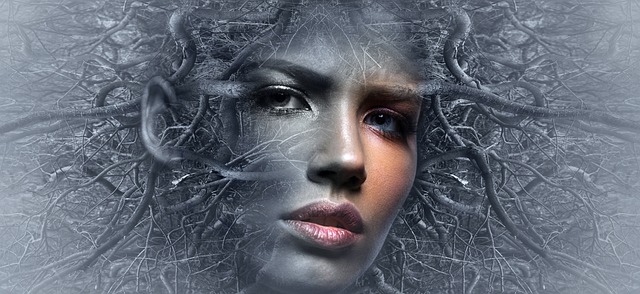
Contemporary Beliefs and Interpretations
As I delved deeper into the mystical realm of fairies, I discovered a plethora of contemporary beliefs and interpretations surrounding these elusive beings. It seems that, even in our modern world, the fascination with fairies remains strong, with many people embracing their existence and exploring the powers they possess.
New Age Beliefs
In the realm of New Age beliefs, fairies are often revered as sacred and divine creatures that embody the natural forces of the world. They are seen as guardians of nature, ensuring its harmony and balance. These beliefs emphasize the importance of connecting with the earth and embracing the magic that lies within our surroundings.
Fairies in Modern Spirituality
In modern spirituality, fairies are considered to be powerful allies and guides on our spiritual journeys. They are believed to possess the ability to assist us in manifesting our desires and bringing positive changes into our lives. Many individuals seek their wisdom and guidance through various spiritual practices, such as meditation and ritual ceremonies.
Psychic and Paranormal Experiences
Furthermore, there are numerous accounts of psychic and paranormal experiences involving fairies. Some individuals claim to have witnessed ethereal beings dancing in moonlit meadows or encountered mischievous fairies playing pranks. These encounters often leave a lasting impression on those who experience them, fueling their belief in the existence of these magical creatures.
The beliefs surrounding fairies have evolved over time, adapting to the modern world while retaining an air of enchantment. Whether you choose to believe in fairies or not, exploring their folklore and understanding the depths of their mystery can truly transport you to a realm where imagination and magic intertwine.
Conclusion
Throughout history, the existence of fairies has remained a fascinating and mysterious topic. In the quest to unravel the truth, numerous individuals have offered their interpretations and beliefs. Despite the lack of concrete evidence, the allure of fairies has persisted, captivating the imagination of people from all walks of life.
The Mystery Persists
Although science and rationality have dominated our understanding of the world, the existence of fairies continues to be a subject of debate. While some dismiss them as mere folklore or figments of imagination, others remain steadfast in their belief that fairies are real. The lack of conclusive proof leaves the mystery surrounding these ethereal beings unresolved.
Individual Interpretations
The interpretations of fairies vary widely among different cultures and individuals. Some perceive fairies as benevolent creatures who protect nature and bestow blessings upon those who show kindness. Others view them as mischievous beings with the ability to bring both luck and trouble. These diverse interpretations add to the intrigue and complexity of fairies’ existence.
The Fascination with Fairies Continues
Despite the passage of time, fascination with fairies endures. From ancient folklore to modern-day literature and art, fairies have remained a captivating subject of human creativity. People are drawn to the idea of a mystical realm intertwining with our own, where fairies exist as magical beings with extraordinary powers.
In conclusion, the question of whether fairies are real remains unanswered. Yet, the enduring allure and the diverse interpretations surrounding fairies highlight the power of folklore and the human desire to believe in the extraordinary. Fairies continue to enchant our imaginations, adding a touch of magic and wonder to our lives.
